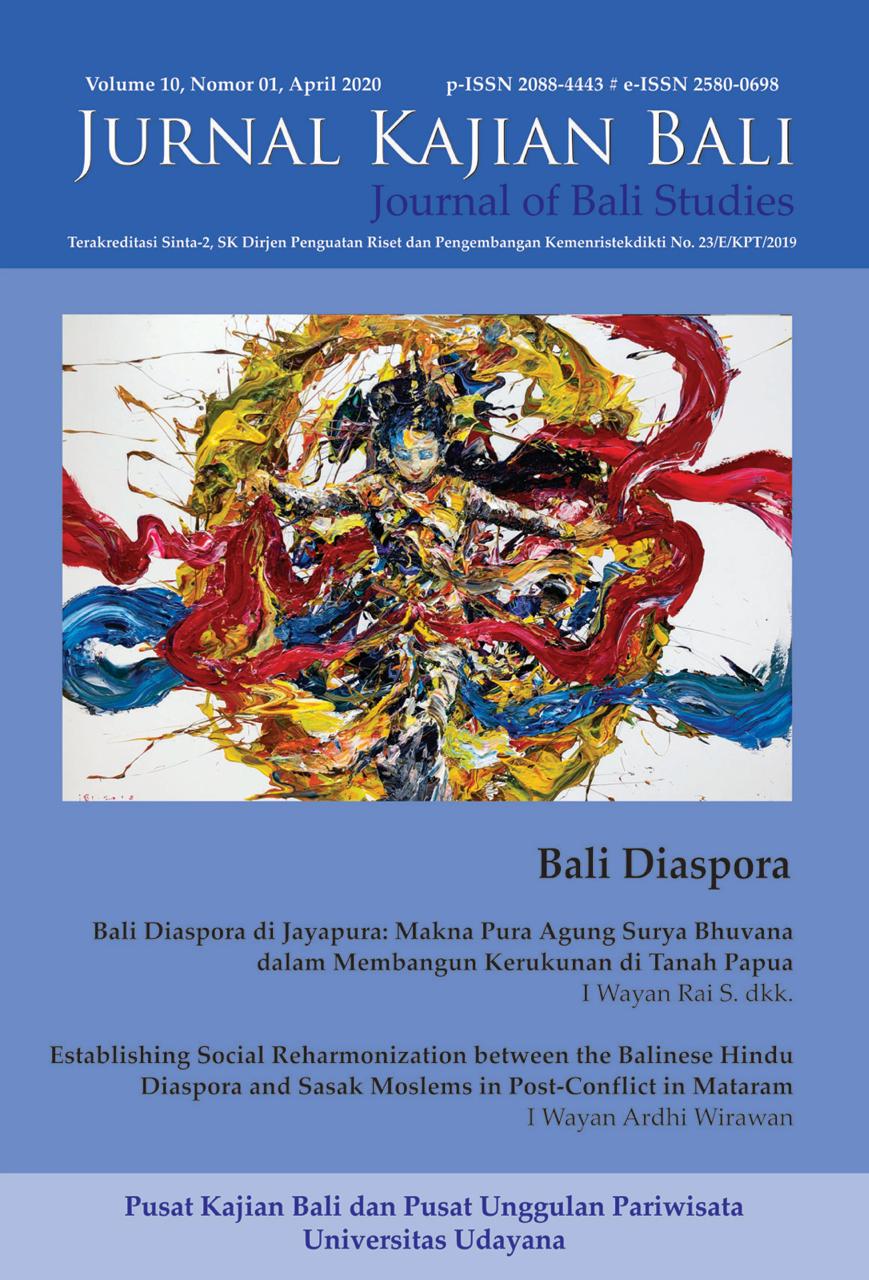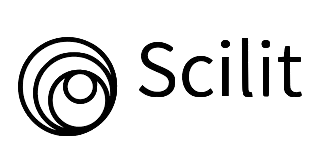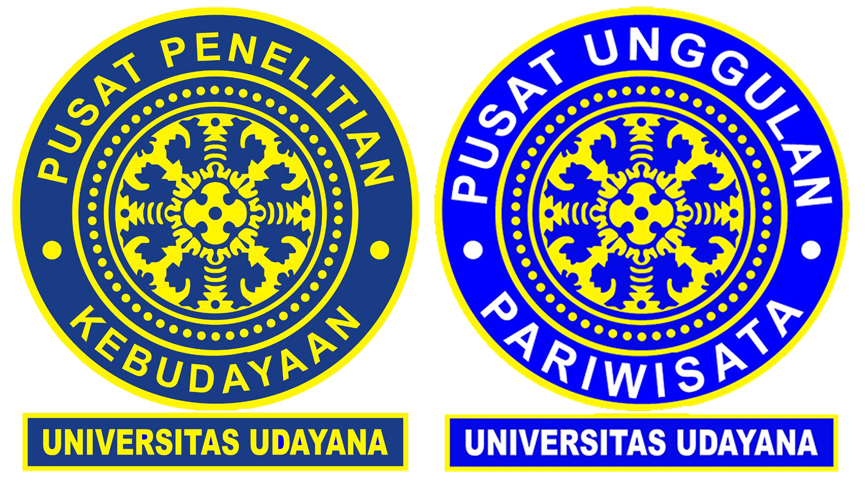The Existence of Natural Lexicons in ‘Awig-Awig’ Tenganan Pegringsingan Bali: An Ecolinguistic Approach
Abstract
Tenganan Pegringsingan Village, as one of the original villages in Bali, has a local wisdom characteristic that is agreed upon by its citizens. Local wisdom is included in the 'awig-awig' (local regulation) village in the form of verbal texts that aim to preserve the flora and fauna of extinction. This study aims to determine the type of flora-fauna lexicon found in 'awig-awig' of the village, and to know the customary restrictions and fines that are set for residents who break them. This research is a qualitative descriptive method using 'awig-awig' as research data and analyzing data through literature review. The results of the analysis found 39 lexicons of flora and fauna that are prohibited from being cut down/killed. The entire lexicon is divided into 9 categories, namely fruit, trees, leaves, tubers, rhizomes, seeds, roots, animals and flowers. Each amounted to 7 pieces, 11 trees, 2 leaves, 5 tubers, 1 rhizome, 1 seed, 1 root, 9 animals and 2 flowers. This study recommends collaboration with various parties to preserve the ecotex contained in the 'awig-awig' village of Tenganan Bali.
Keywords : ecotext, awig-awig, local wisdom, ecolinguistic
Downloads
References
Bang, J. C. and Døør, J. (1993) ‘Eco-Linguistics : A Framework’, in, pp. 1–18.
Chen, S. (2016) ‘Language and ecology: A content analysis of ecolinguistics as an emerging research field’, Ampersand, 3, pp. 108–116. doi: 10.1016/j.amper.2016.06.002.
Do Couto, H. H. (2014) ‘Ecological approaches in linguistics: A historical overview’, Language Sciences. Elsevier Ltd, 41, pp. 122–128. doi: 10.1016/j.langsci.2013.08.001.
Derni, A. (2008) ‘The Ecolinguistic Paradigm: An Integrationist Trend in Language Study’, International Journal, (24), pp. 21–30.
Döring, M. and Zunino, F. (2014) ‘NatureCultures in Old and New Worlds. Steps towards an ecolinguistic perspective on framing a “new” continent’, Language Sciences. Elsevier Ltd, 41, pp. 34–40. doi: 10.1016/j.langsci.2013.08.005.
Essays, H. et al. (2000) Dialectical ecolinguistics, 30 Years of Language and Ecology.
Feng, R. and Fan, A. (2012) ‘A Brief Analysis on the Lettered Words in Chinese--From the Perspective of Ecolinguistics’, IERI Procedia, 2, pp. 194–199. doi: 10.1016/j.ieri.2012.06.074.
Jismulatif and Dahnils (2019) ‘Language and Ecology in Ecolinguistics Perspective : A Case Study on Tunjuk Ajar Language in Riau , Indonesia’, Journal of Physics: Conference Series PAPER.
Kravchenko, A. V. (2016) ‘Two views on language ecology and ecolinguistics’, Language Sciences. Elsevier Ltd, 54, pp. 102–113. doi: 10.1016/j.langsci.2015.12.002.
Luardini, M. A., Asi, N. and Garner, M. (2019) ‘Ecolinguistics of ethno-medicinal plants of the Dayak Ngaju community’, Language Sciences. Elsevier Ltd, 74, pp. 77–84. doi: 10.1016/j.langsci.2019.04.003.
Mliless, M. and Larouz, M. (2018) ‘An ecolinguistic analysis of environment texts in Moroccan English language teaching textbooks’, International Journal of Research in Environmental Studies, 5, pp. 103–116.
Norton, C. and Hulme, M. (2019) ‘Telling one story, or many? An ecolinguistic analysis of climate change stories in UK national newspaper editorials’, Geoforum. Elsevier, 104(February), pp. 114–136. doi: 10.1016/j.geoforum.2019.01.017.
Pérez, I. C. (2015) ‘Indigenous Languages, Identity a nd Legal Framework in Latin America: An Ecolinguistic Approach1’, Procedia - Social and Behavioral Sciences. Elsevier B.V., 212, pp. 111–116. doi: 10.1016/j.sbspro.2015.11.307.
Steffensen, S. V. and Fill, A. (2014) ‘Ecolinguistics: the state of the art and future horizons’, Language Sciences, 41, pp. 6–25. doi: 10.1016/j.langsci.2013.08.003.
Stibbe, A. (2014) ‘An Ecolinguistic Approach To Critical Discourse Studies’, Critical Discourse Studies, 11(1), pp. 117–128. doi: 10.1080/17405904.2013.845789.
Subiyanto, A. (2013) ‘Ekolinguistik: Model Analisis Dan Penerapannya’, Majalah Ilmiah Masalah-Masalah Kehumanioraan, 18(2). doi: 10.14710/humanika.18.2.
Surtikanti, H. K., Syulasmi, A. and Fatimah, T. (2019) ‘Traditional knowledges of local wisdom of Aga Tenganan Pegringsingan Bali about environmental conservation and sanitation’, Journal of Physics: Conference Series, 1157(2). doi: 10.1088/1742-6596/1157/2/022117.
Tjendani, E. N. et al. (2019) ‘An Ecolinguistics Perspectives For English Syllabus Development’, e-Journal of Linguistics, 13(2), p. 249. doi: 10.24843/e-JL.2019.v13.i02.p06.
Wenjuan, Z. (2017) ‘Ecolinguistics: Towards a new harmony’, Language Sciences. Elsevier Ltd, 62, pp. 124–138. doi: 10.1016/j.langsci.2017.04.004.
Yi, L. (2019) ‘Towards Ecolinguistic Landscaping : A Theoretical and Ecosophical Perspective’, 1st Asia International Symposium on Arts, Literature, Language and Culture (AISALLC 2019) Towards, (Aisallc), pp. 1–5. doi: 10.25236/aisallc.2019.001.
Yuniawan, T. (2017) ‘Ecolinguistic Study of Conservation News Texts in Indonesian Mass Media’, International Journal of Humanity Studies, 1(2), pp. 163–183. doi: 10.24071/ijhs.2018.010203.

This work is licensed under a Creative Commons Attribution 4.0 International License.



















